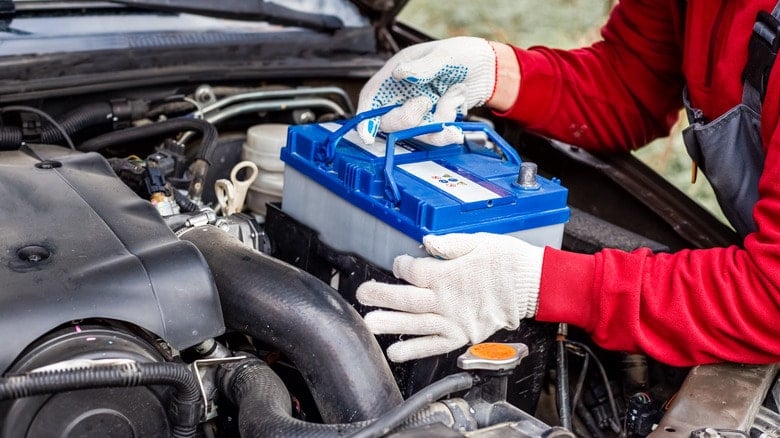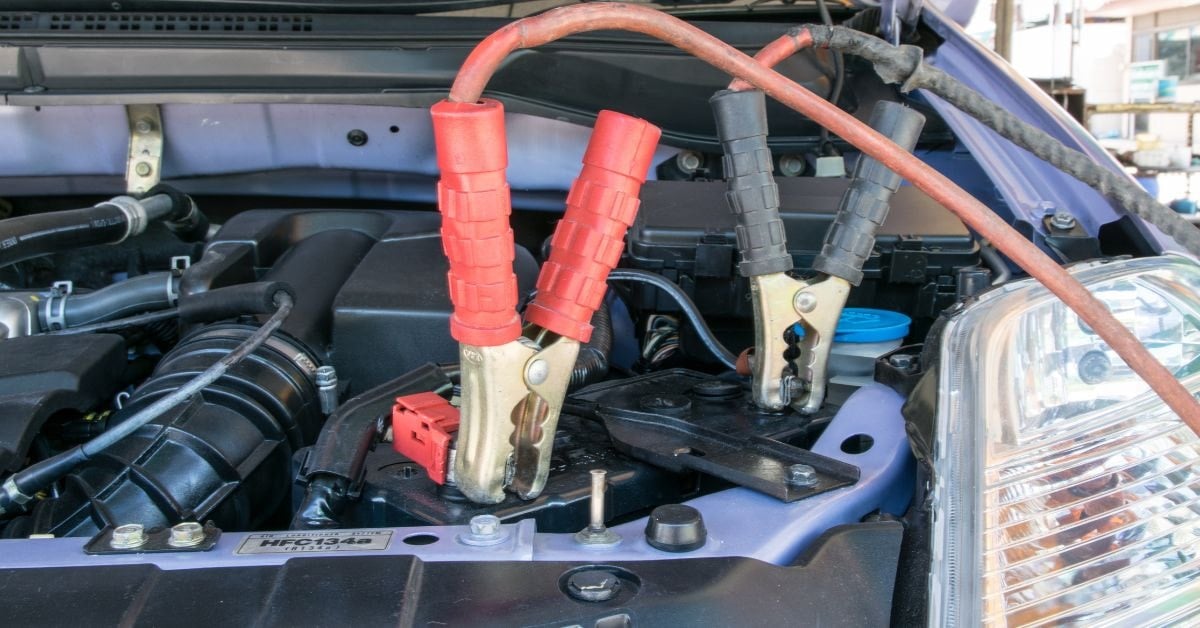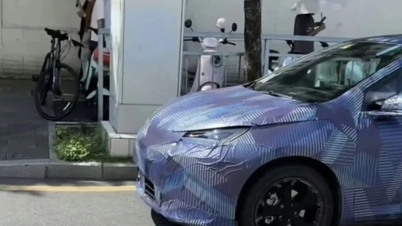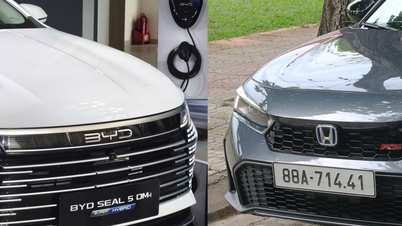You’re excited to head home for the weekend. The trunk is packed, the gas tank is full, and you think nothing will stop you from making the trip. But the moment you turn the key or press the starter button, all you hear is a faint click. The car won’t start. Your thoughts are probably on the battery. But how do you know if it just needs a temporary boost, or if it’s time to replace it?
Illustration photo.
Before concluding, it is important to consider the battery's lifespan. According to the American Automobile Association (AAA), car batteries typically last between 3 and 5 years, depending on usage conditions. However, just because a battery is new does not guarantee that it is problem-free, just one night of leakage current from the subsystem can cause the battery to "clinically die", even if you completely turn off the engine.
Some seemingly harmless driving habits, such as forgetting to turn off the headlights or leaving the radio on for too long, can also contribute to battery wear. In addition, factors such as faulty charging systems, constant vibrations while driving, or extreme environmental temperatures can also reduce battery life.
AAA also notes that batteries in hot climates tend to degrade faster than those in cold environments. So, understanding the signs and conditions will help you decide whether it's time to recharge or replace your battery.
Warning signs of a failing car battery
Before the car completely fails to start, the battery will often give the driver a number of warning signals. The most obvious and easily recognizable sign is the battery warning light on the dashboard. Of course, there are many reasons for this light to come on, from the charging system to the electrical cables, but if other factors have been ruled out, the battery is likely weak, dead, or nearing the end of its life.
In addition to the warning light, there are other symptoms to watch out for. Unusually dim headlights, especially when the car is idling, are a common indicator. Slow engine start-up, low revs, or strange noises when starting are also signs that the electrical current is not strong enough to start the car.
Visually, a failing battery may appear abnormally swollen, often due to overcharging, a common cause being a faulty voltage regulator in the alternator. Corrosion on the battery terminals, especially if there is a white or green crystallization, is also a warning to watch out for. And if you have ever had to jump start your car, only to have it shut off after just a few minutes, then the battery is almost certainly no longer able to hold a charge and needs to be replaced as soon as possible.
When to jump start the battery and when to replace it?
Newer models of cars today often have advanced diagnostic systems that can automatically check the battery status and warn when it needs to be replaced. This helps users eliminate most of the guesswork and feel more secure during use.
However, with older cars that do not have this monitoring system, drivers are forced to rely on physical and sensory signs such as a swollen battery, difficulty starting the car, weak headlights, or electrical devices such as power windows that operate intermittently, etc. to know when to replace the battery.
A weak battery can still be recharged and used temporarily, but that is only a short-term solution.
Photo: Internet
If you want to be more precise, a multimeter is a great help. This is a simple but effective electrical measuring device that allows you to check the voltage of the battery. A healthy car battery when fully charged will have a voltage of about 12.6 volts or higher. If the reading is lower than this, the battery may be weak or running low.
However, it is important to remember that while a weak battery can be recharged and used temporarily, this is only a short-term solution. After many years of use, the battery's capacity will gradually decrease and it will not be able to hold a charge as effectively as before.
At that time, the continued charging only lasts a very short time, and the risk of you being "abandoned" in the middle of the road because of the familiar clicking sound when starting will always lurk. To avoid unwanted situations, it is best to proactively replace the battery when you notice obvious signs of deterioration, it is a small investment that gives you peace of mind on every journey.
Source: https://baonghean.vn/khi-nao-nen-thay-binh-ac-quy-moi-cho-o-to-10302527.html




![[Photo] Prime Minister Pham Minh Chinh meets with Speaker of the Hungarian National Assembly Kover Laszlo](https://vphoto.vietnam.vn/thumb/1200x675/vietnam/resource/IMAGE/2025/10/20/1760970413415_dsc-8111-jpg.webp)
![[Photo] Da Nang residents "hunt for photos" of big waves at the mouth of the Han River](https://vphoto.vietnam.vn/thumb/1200x675/vietnam/resource/IMAGE/2025/10/21/1761043632309_ndo_br_11-jpg.webp)
![[Photo] Prime Minister Pham Minh Chinh received Mr. Yamamoto Ichita, Governor of Gunma Province (Japan)](https://vphoto.vietnam.vn/thumb/1200x675/vietnam/resource/IMAGE/2025/10/21/1761032833411_dsc-8867-jpg.webp)






































































































Comment (0)